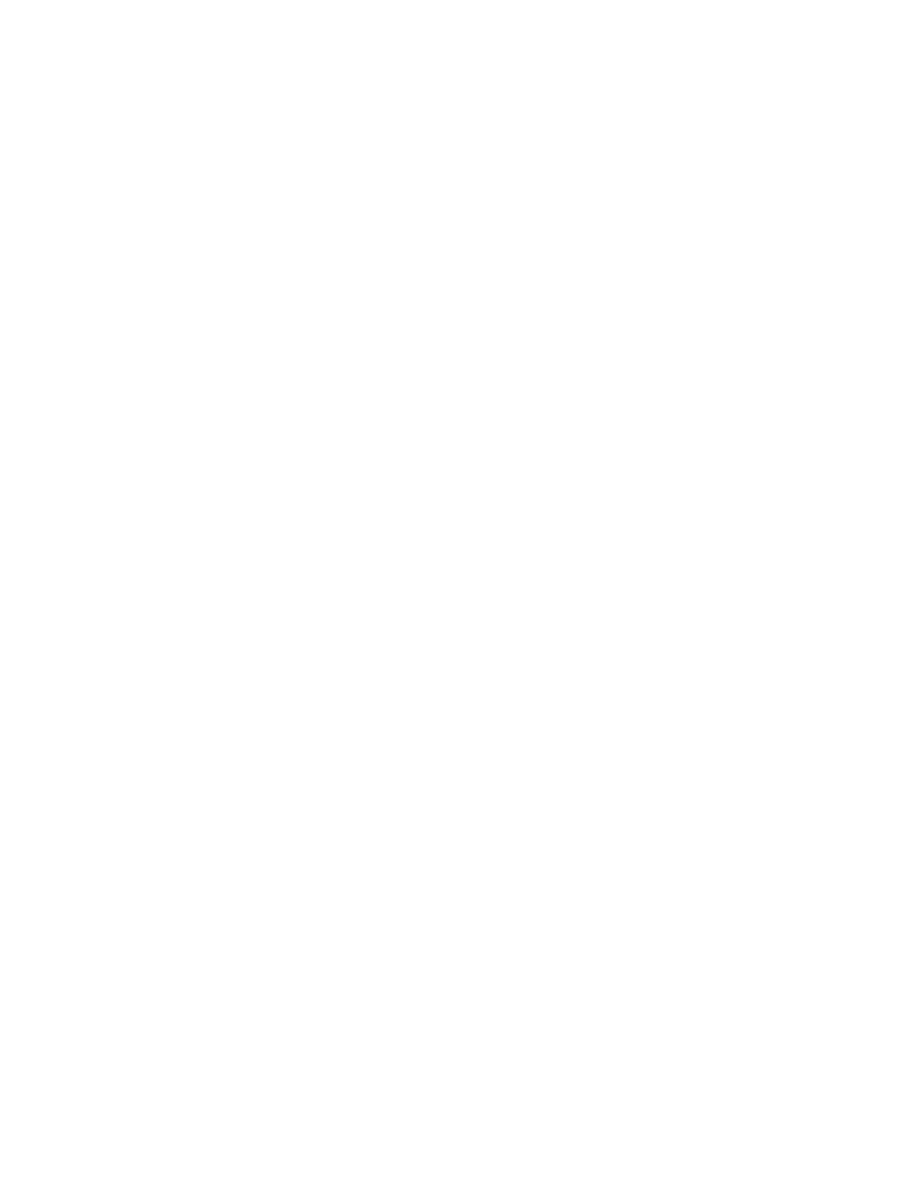
882
14 CFR Ch. I (1–1–14 Edition)
§ 33.97
the complete engine under the max-
imum conditions of engine accelera-
tion/deceleration rate, speed, torque,
and temperature as specified by the ap-
plicant. The propeller must be stopped
prior to brake release.
(c) One hundred engine starts and
stops with the propeller brake engaged.
(d) The tests required by paragraphs
(a), (b), and (c) of this section must be
performed on the same engine, but this
engine need not be the same engine
used for the tests required by § 33.87.
(e) The tests required by paragraphs
(a), (b), and (c) of this section must be
followed by engine disassembly to the
extent necessary to show compliance
with the requirements of § 33.93(a) and
§ 33.93(b).
[Amdt. 33–11, 51 FR 10346, Mar. 25, 1986]
§ 33.97
Thrust reversers.
(a) If the engine incorporates a re-
verser, the endurance calibration, oper-
ation, and vibration tests prescribed in
this subpart must be run with the re-
verser installed. In complying with this
section, the power control lever must
be moved from one extreme position to
the other in not more than one second
except, if regimes of control operations
are incorporated necessitating sched-
uling of the power-control lever motion
in going from one extreme position to
the other, a longer period of time is ac-
ceptable but not more than three sec-
onds. In addition, the test prescribed in
paragraph (b) of this section must be
made. This test may be scheduled as
part of the endurance run.
(b) 175 reversals must be made from
flight-idle forward thrust to maximum
reverse thrust and 25 reversals must be
made from rated takeoff thrust to max-
imum reverse thrust. After each rever-
sal the reverser must be operated at
full reverse thrust for a period of one
minute, except that, in the case of a re-
verser intended for use only as a brak-
ing means on the ground, the reverser
need only be operated at full reverse
thrust for 30 seconds.
[Doc. No. 3025, 29 FR 7453, June 10, 1964, as
amended by Amdt. 33–3, 32 FR 3737, Mar. 4,
1967]
§ 33.99
General conduct of block tests.
(a) Each applicant may, in making a
block test, use separate engines of
identical design and construction in
the vibration, calibration, endurance,
and operation tests, except that, if a
separate engine is used for the endur-
ance test it must be subjected to a cali-
bration check before starting the en-
durance test.
(b) Each applicant may service and
make minor repairs to the engine dur-
ing the block tests in accordance with
the service and maintenance instruc-
tions submitted in compliance with
§ 33.4. If the frequency of the service is
excessive, or the number of stops due
to engine malfunction is excessive, or a
major repair, or replacement of a part
is found necessary during the block
tests or as the result of findings from
the teardown inspection, the engine or
its parts must be subjected to any addi-
tional tests the Administrator finds
necessary.
(c) Each applicant must furnish all
testing facilities, including equipment
and competent personnel, to conduct
the block tests.
[Doc. No. 3025, 29 FR 7453, June 10, 1964, as
amended by Amdt. 33–6, 39 FR 35470, Oct. 1,
1974; Amdt. 33–9, 45 FR 60181, Sept. 11, 1980]
Subpart G—Special Requirements:
Turbine Aircraft Engines
S
OURCE
: Docket No. FAA–2002–6717, 72 FR
1877, Jan. 16, 2007, unless otherwise noted.
§ 33.201
Design and test requirements
for Early ETOPS eligibility.
An applicant seeking type design ap-
proval for an engine to be installed on
a two-engine airplane approved for
ETOPS without the service experience
specified in part 25, appendix K, K25.2.1
of this chapter, must comply with the
following:
(a) The engine must be designed
using a design quality process accept-
able to the FAA, that ensures the de-
sign features of the engine minimize
the occurrence of failures, malfunc-
tions, defects, and maintenance errors
that could result in an IFSD, loss of
thrust control, or other power loss.
(b) The design features of the engine
must address problems shown to result
VerDate Mar<15>2010
10:12 Mar 18, 2014
Jkt 232046
PO 00000
Frm 00892
Fmt 8010
Sfmt 8010
Y:\SGML\232046.XXX
232046
pmangrum on DSK3VPTVN1PROD with CFR